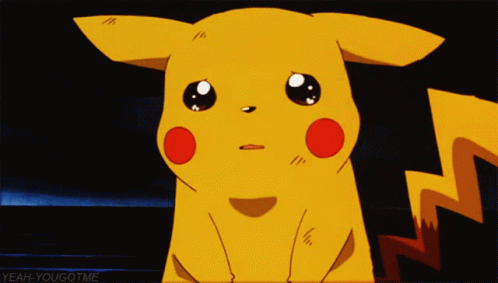'We've baked sustainability into our creative process': a day in the life of packaging designer Dane Whitehurst
Burgopak's creative director discusses what the packaging industry needs to improve for a greener future.
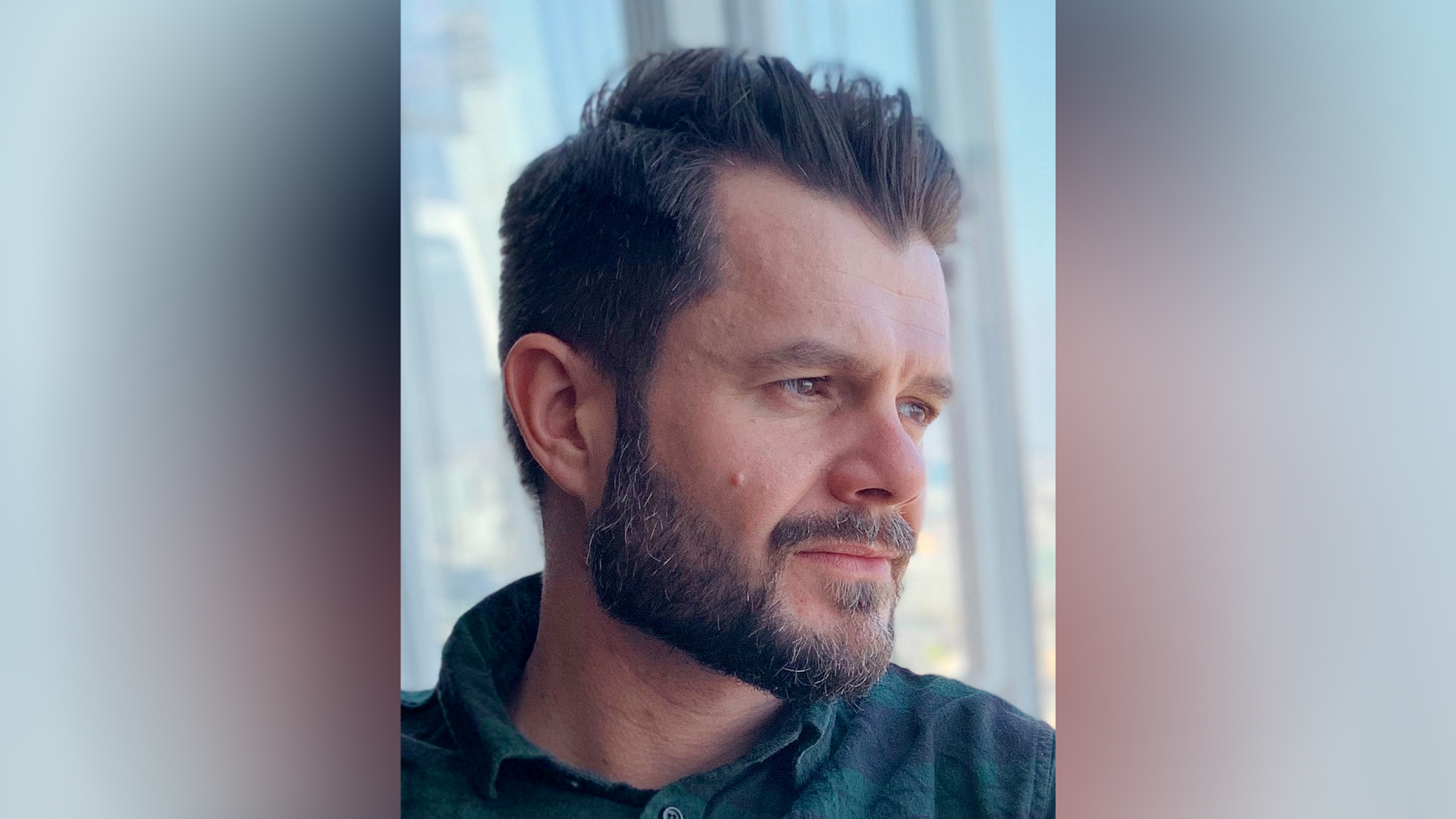
Dane Whitehurst is creative director at Burgopak, an innovative brand building practical packaging solutions with a sustainable focus. Throughout his career as a packaging designer, Dane has worked with huge industry names like Google, Samsung, Unilever, Sony, Chase and HSBC and now focuses on leading his like-minded team on a mission to enact positive environmental change through pioneering packaging design.
Dane has received multiple awards for his design work and has been featured in a host of galleries including the MoMA, NY and The Design Museum, London. As part of our Day in the Life series, I caught up with Dane to discuss the world of cardboard engineering and what the packaging industry needs to improve for a greener future.
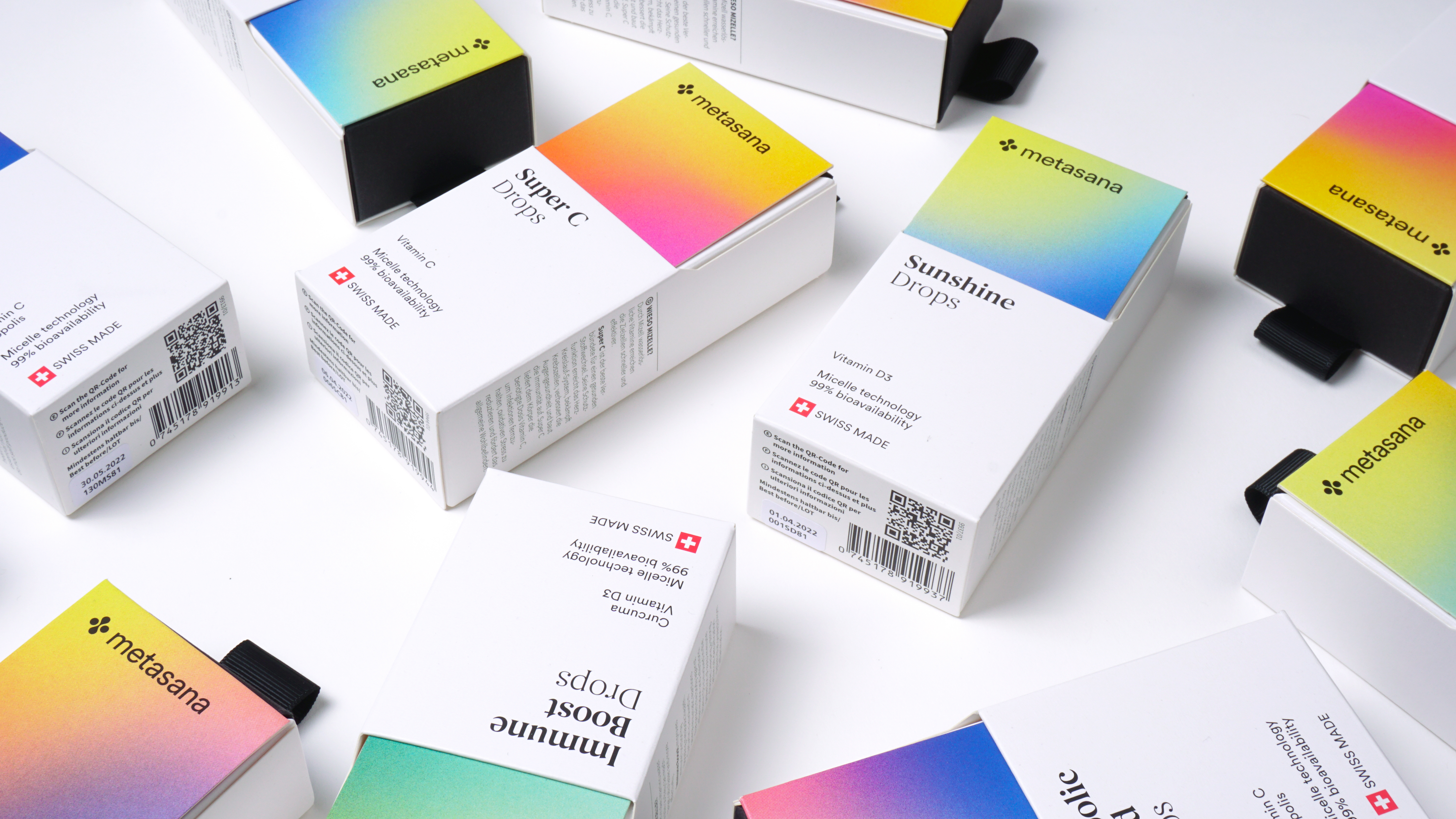
Could you walk me through a typical day in your role?
I think one of the things that has kept me in the business for so long is that no day is ‘typical’. Each involves the careful balancing of pushes and pulls to plan around. My days are often spent jumping from developing new designs/mechanisms to shaping the design process on client calls for complex or large-scale jobs.
I’ll also be researching ways to improve our approach to sustainability and developing the tools to do so, or writing articles and talking about the work we do and our way of thinking. Not to mention the myriad strategy calls we have with different teams about the direction of key areas of the business.
I also head up the design team, so regular check-ins with my team on how they are doing, opportunities to explore, things to fix, areas to grow, etc, are also really important.
In essence, a large part of my role is around peering into the near-future and attempting to strategise, plan and design for the gaps and opportunities.

How did your Masters in Industrial Design shape your career?
My Masters degree was really a result of the realisation that I was in no way ready to enter the world of industrial design after my first degree. Perhaps I didn’t spend enough time selecting the right course, maybe the course was lacking in some ways.
Regardless, I knew I still had a lot to learn. Happily, the MA Industrial Design Course at Central Saint Martins was a complete game changer. At the time (2003-05) run by Ben Hughes and Professor Ralph Ball, it was entirely responsible for shaping and focusing my design thinking.
I think it was the thing I had always been searching for and was the most inspiring two years of my life. I often wish I could go back and do it all again. Maybe, someday, I will.
In honesty, at that point, packaging was never on my radar. In fact, my entry into the world of packaging design was entirely serendipitous.
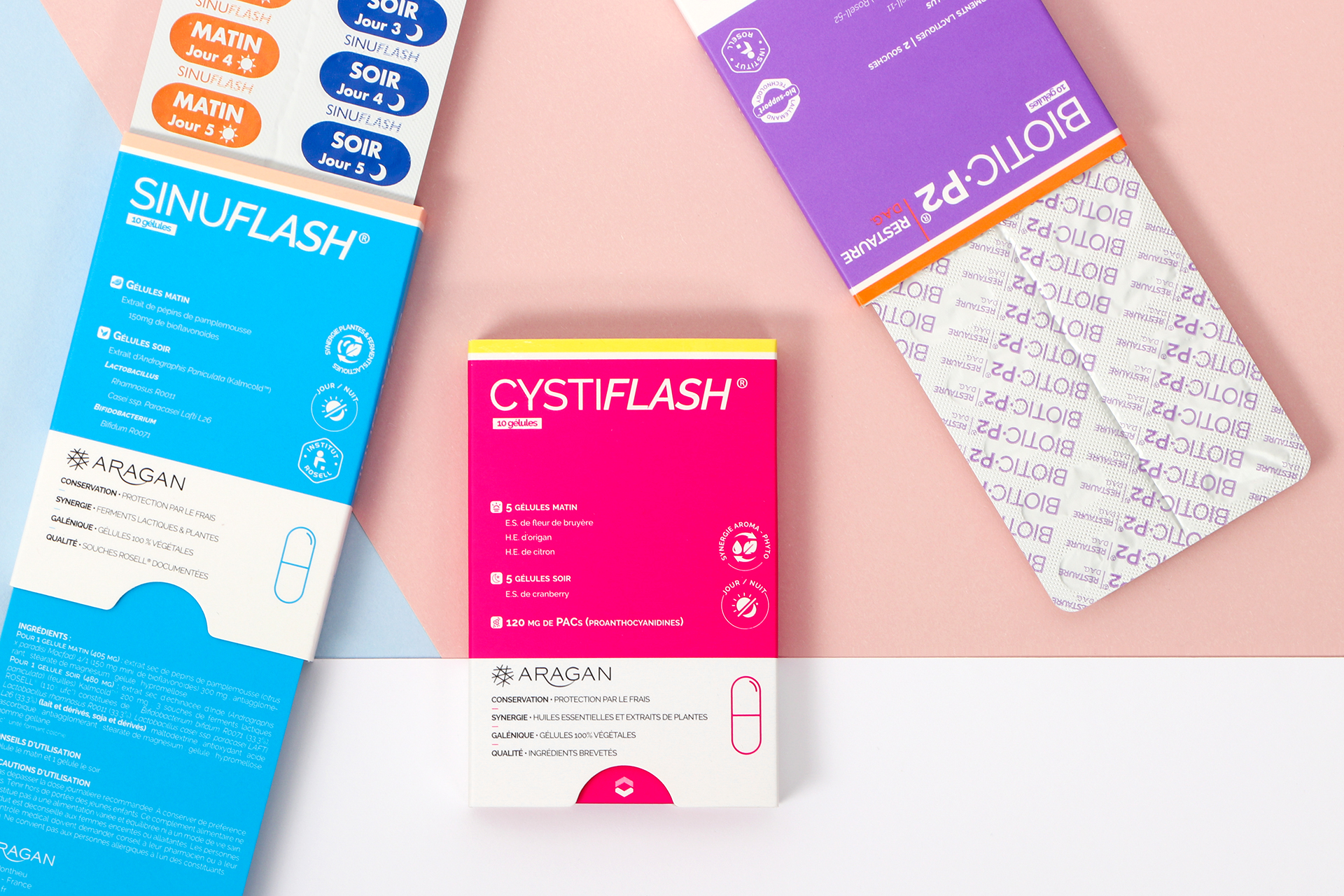
What was your early career like?
Just before the final semester of my Masters degree I lost my younger brother to an undiagnosed brain aneurism. It shook my world. But I knew I needed to gather myself and finish the course before figuring out what to do next. I put everything into it and finished with a distinction.
From there I returned home to the Isle of Wight for two years to be around for my family and to try and come to terms with the loss. I bounced around a couple of uninspiring graphic design roles including designing signage for the London Underground. I also made use of that time by completing a Certificate of Education and teaching part-time on a voluntary basis at the University of Portsmouth.
This would all become useful later in my career, but throughout that time I dearly missed ‘proper design’. I also missed the thrill of living in London, the place that had opened my eyes to this magical world. I moved back to the city in 2007 after a chance conversation with the housemate of an old friend I was visiting for the weekend.
He had just been made the ‘Head of Design’ at an exciting packaging design outfit and was looking for new talent. At that time, the opportunity was a ticket back to the city. A means to an end while I looked for a job designing furniture or lighting or tech products. Never did I think I would fall in love with the role and still be at Burgopak 17 years later.
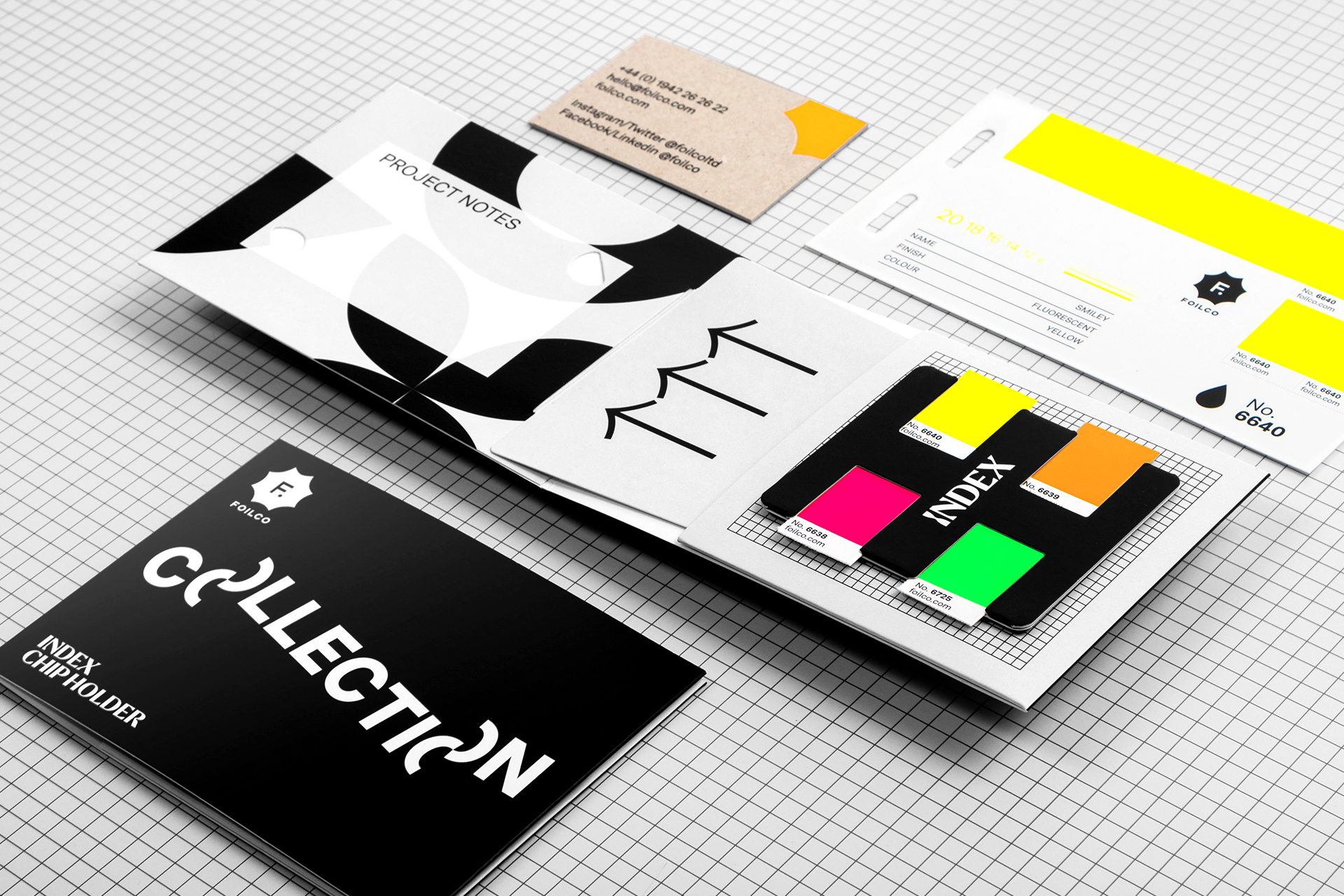
Tell me about a tricky work-related challenge and how you approached it
A big challenge we have tackled in recent years was the complexity and nuance of getting things through different postal systems.
We work with a lot of fintechs who typically send their cards through the post and we learned that as they scale, postage costs becomes a pretty big blip on the radar.
The best solutions always come from finding a decent problem to solve.
In the US for example, the difference in sending a tracked mail piece as a letter or parcel can be counted in dollars rather than cents. Through close collaboration with different stakeholders and with the guidance of some very clever people at Royal Mail we built the rigid parameters of a brief to design within.
It turned out that it's not just about making something the right size and thin enough to secure the best rates, it also needs to be really bendy to pass through automated sorting machines and needs to support high-speed digital print.
Armed with this intel, we developed the Burgopak Super Envelope range, which utilised lightweight bendy materials and some neat carboard engineering to embed some of our innovative opening mechanisms into a simple outer envelope. The packs looked cool and functioned much the same as our standard range, but with these additional features, saved some customers millions of dollars.
I think it’s a good example of viewing a challenge as an opportunity. Without problems to solve, the design process can become nebulous, lack focus and sometimes land somewhere in the whimsical. The best solutions always come from finding a decent problem to solve.
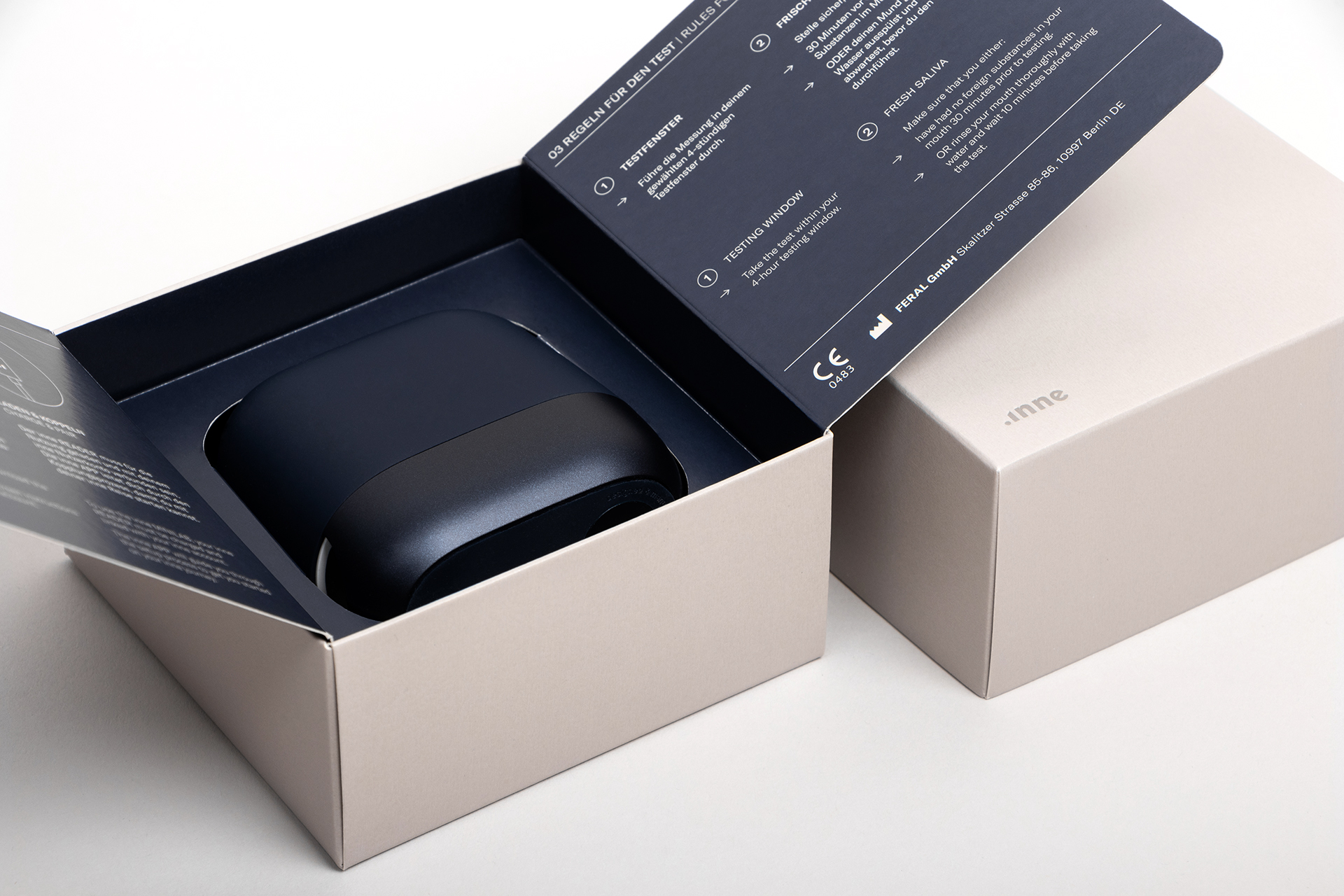
What makes Burgopak different to other packaging companies?
The packaging industry is largely made up of design agencies focusing on branding and surface graphics and manufacturers focusing on producing boxes as quickly and cost-effectively as possible. A gap is often exposed here between the blue-sky vision/concept phase and the realities of production. There is something of a language barrier or a lack of appreciation for both sets of objectives.
As a company founded on the design and production of innovative, disruptive, ground-breaking packaging formats, innovation is in our DNA. But we also need to be making things because our model only really starts to generate revenue when we begin producing products. So it’s crucial that everything works, is at the right price-point, can be manufactured effectively and that everything arrives fitting or exceeding expectations.
We have to sweat the small, sometimes boring stuff and we have to create a harmony between the design and manufacturing processes. We act as something of a bridge, with skin in the game on both sides.
To do that, we have teams of artworkers, cardboard-engineers and dedicated project managers that all collaborate closely with clients and vendors to shepherd the entire process and hold hands throughout. This, I think, is quite rare.
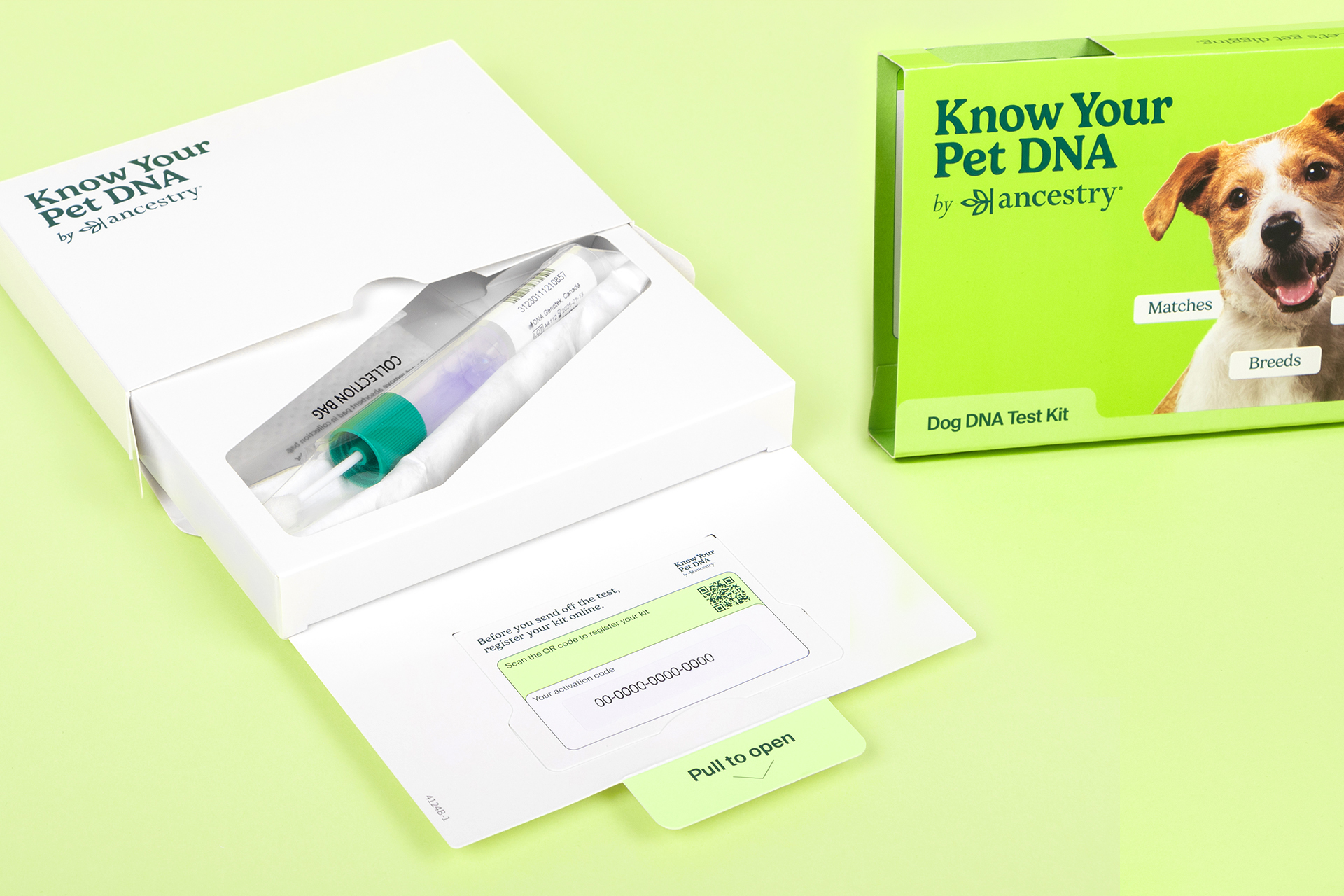
What’s your dream project/dream client?
There are two types of client / project that I really like and it depends on which hat I’m wearing.
As a Director of the business I love clients that have a clear view of what they are trying to achieve, where the process is quick and painless and they order loads and loads of units, which equals a decent return.
As a Creative Director, I love clients that have a really dynamic creative team that bring their own experiences and push us out of our comfort zone. Those projects are the ones where we learn a lot and build something amazing in close collaboration. They are often the ones that get talked about and the ones we put in our portfolio. But they are also the ones that take a lot of time and a lot of love, so we have to pick them carefully.
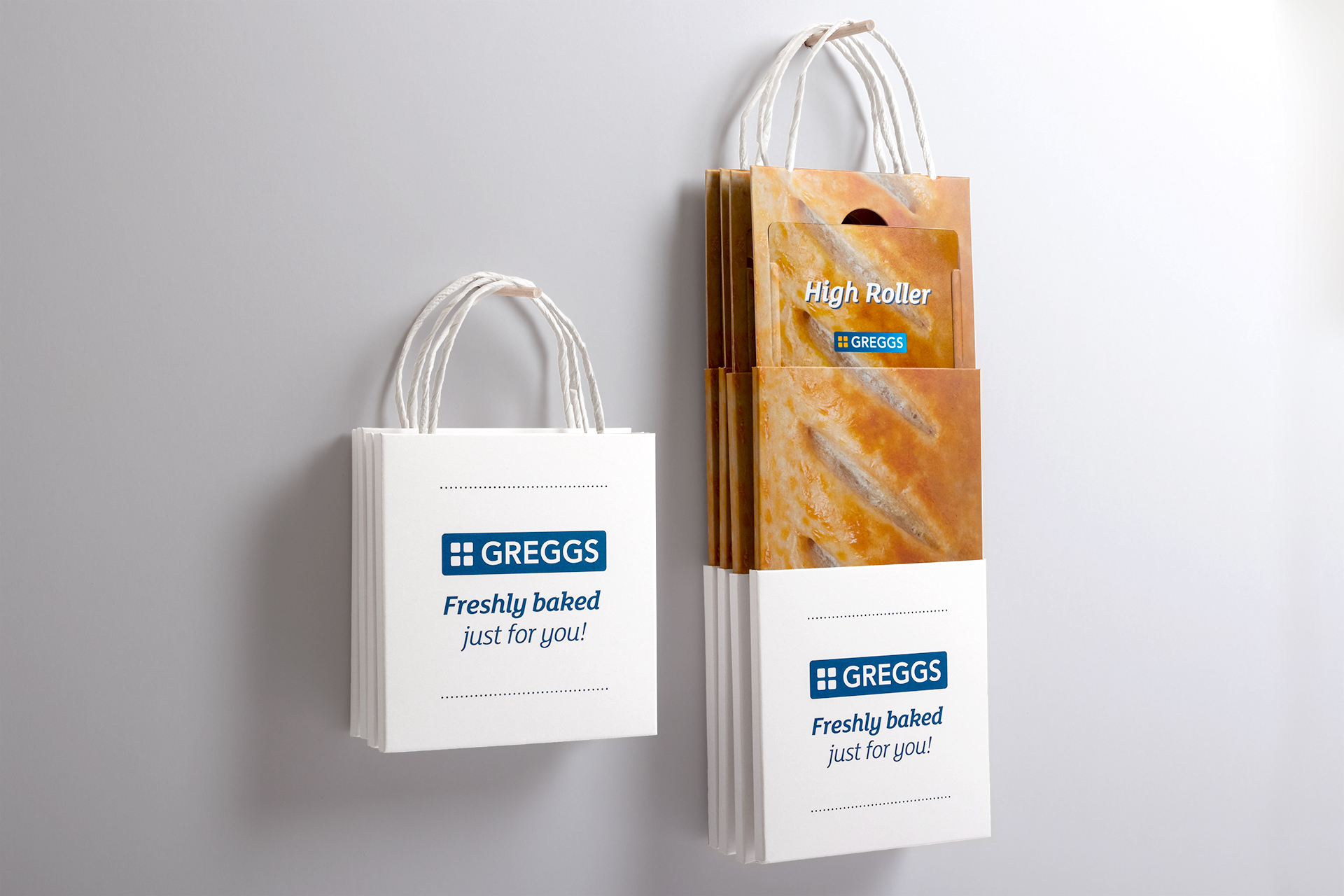
How has your focus on sustainability informed your practice?
Several years ago, on Earth Day I was talking to my daughter about sustainability and the environment. Amongst other things, she asked me, “Daddy, what are you doing to help the planet?”. I felt really uncomfortable and on later reflection, answered to myself ‘probably not enough’.
It’s not that we weren’t already doing some really great things, but sustainability was perhaps not the top of the agenda. We set about changing that almost immediately.
We have fundamentally baked sustainability into our entire process and creative practice
In a relatively short amount of time and with mainly hard work rather than significant investment, we have overhauled the materials we use, optimised our designs, become FSC certified, built an LCA (Life Cycle Analysis) tool, are working with a company to carbon balance our paper, benchmarked our own emissions and begun work on a reduction plan. We are also using these tools and learnings to educate our customers.
Daily design news, reviews, how-tos and more, as picked by the editors.
We guide them on the best ways they can reduce their footprint through the design and specification of our products and together we have saved tonnes and tonnes of paper and CO2.
So, in short, we have fundamentally baked sustainability into our entire process and creative practice. I now feel we have the foundations in place to design with a 360 degree view of every area our work has an impact.
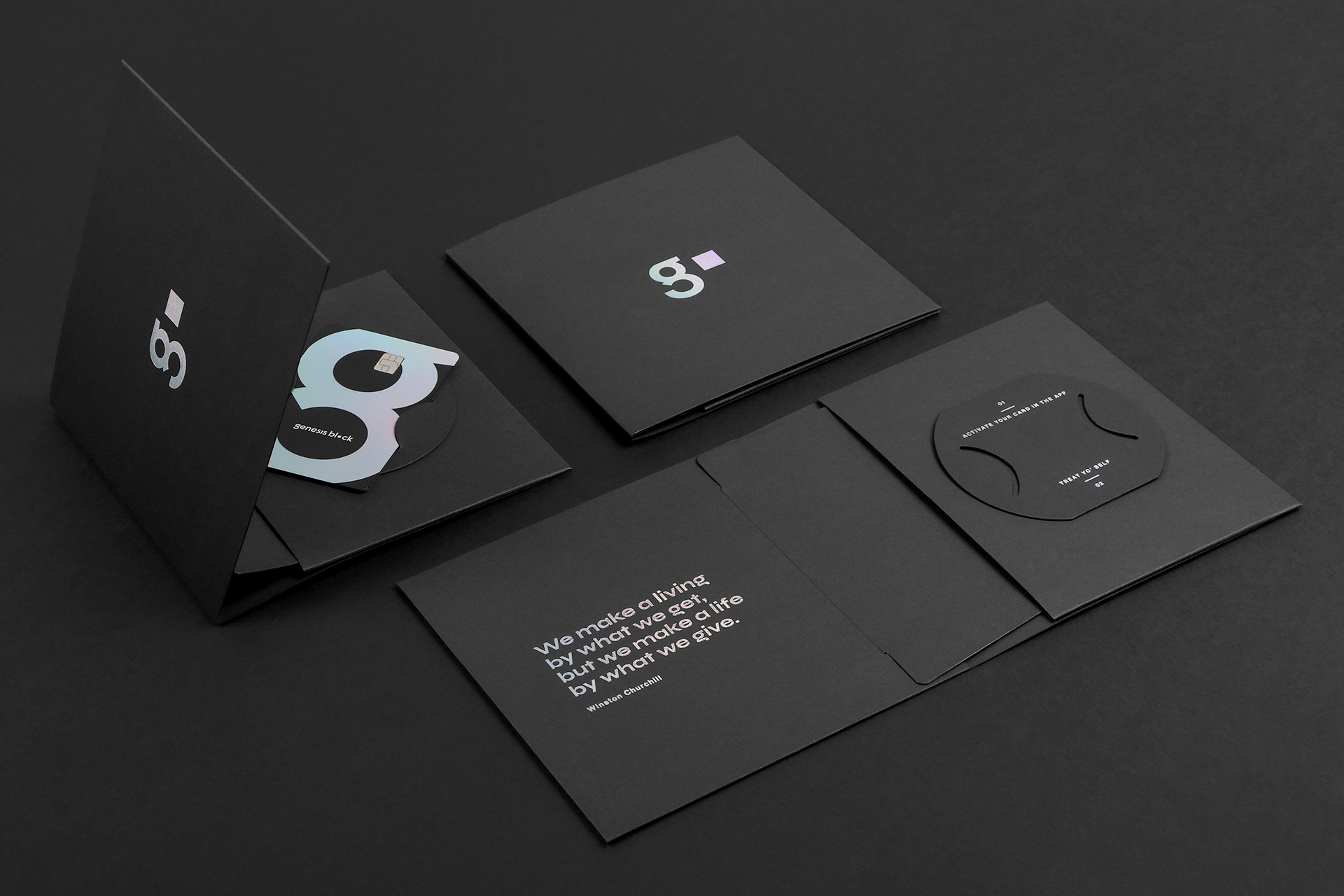
What drew you to cardboard engineering?
I fell into cardboard engineering by chance. But what has kept me here is the constant challenge it poses. I’m lucky that I can, to a certain extent, shape my role and chase the things I think are important or interesting. But even so, the field is interesting. To do packaging well you need to understand brand, user experience, semantics, materials, finishes, sustainability, manufacturing processes, logistics etc, etc.
And you need to design with a 360 degree view of all these considerations. Not only that, but most of the time it needs to be done on a shoe-string budget in next to no time.
You also get to do most of it yourself and can see your work in the world in a matter of months. It’s quite rewarding when you compare that to designing parts for a vacuum cleaner or working out how big to make the radio on the next smart phone.
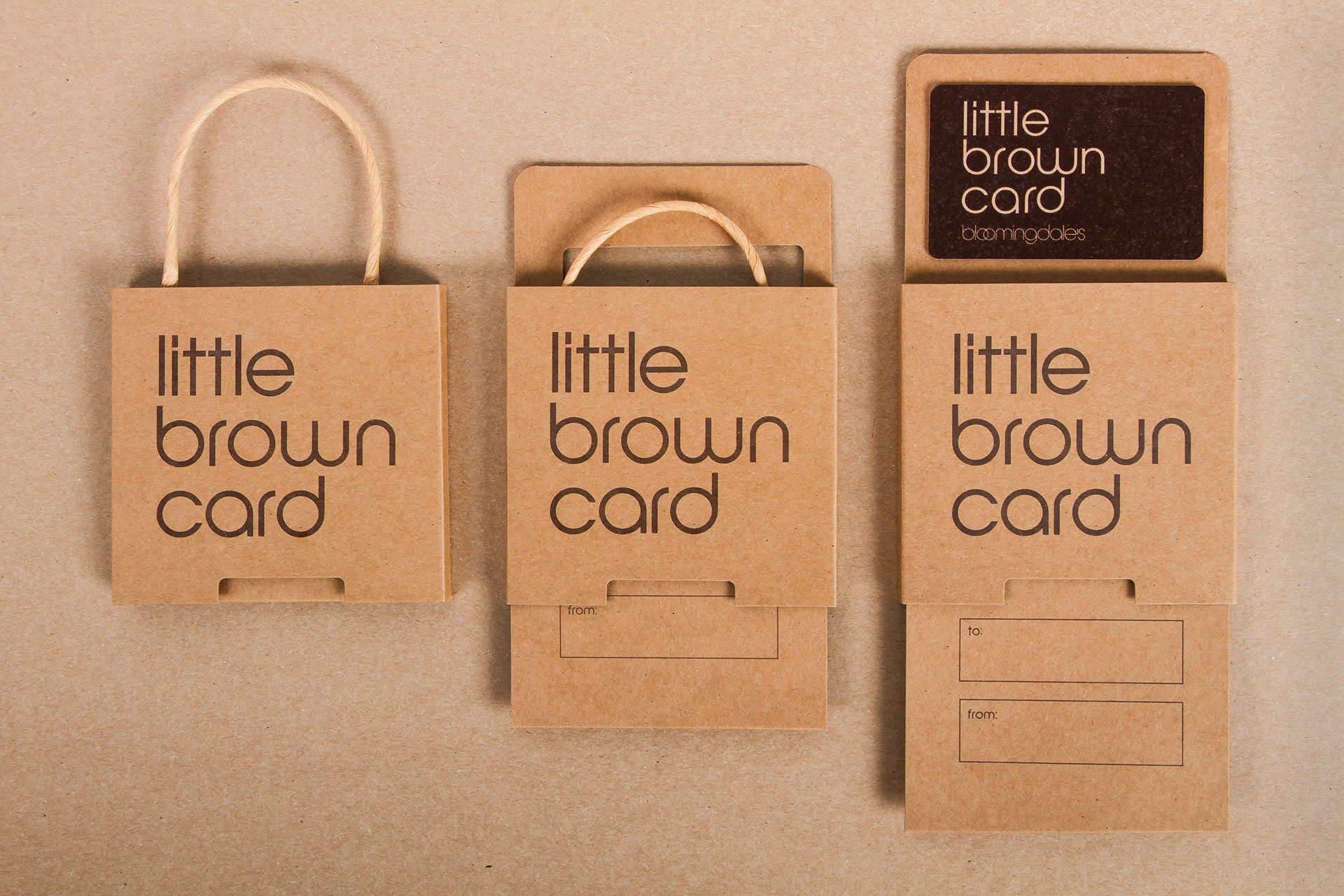
Which project are you most proud of and why?
I generally prefer working away from the screen, so it might seem silly to say that the thing I’m most proud of in recent years is building our own LCA tool. It calculates the kgCO2 from raw materials, manufacturing, transportation and end of life of all our packaging.
It allows us to show in real-time what different decisions in the design and specification process equate to in terms of environmental impact. We have been using it to help our clients make better decisions; changing materials, optimising designs, localising manufacture, reducing the impact of transportation, making things easier to recycle, etc.
One of the best examples was a small change we made for Monzo bank’s card packaging. We figured out that if we reduced the size of the pack by 7mm, we could fit 20% more on a print sheet.
This small change would save 1350kg of paper and nearly 2 tonnes of CO2 in a single order, as well as a significantly reducing costs. Being able to quantify those metrics helped to convince stakeholders it was the right choice, and I see it as one of our most important tools moving forwards.
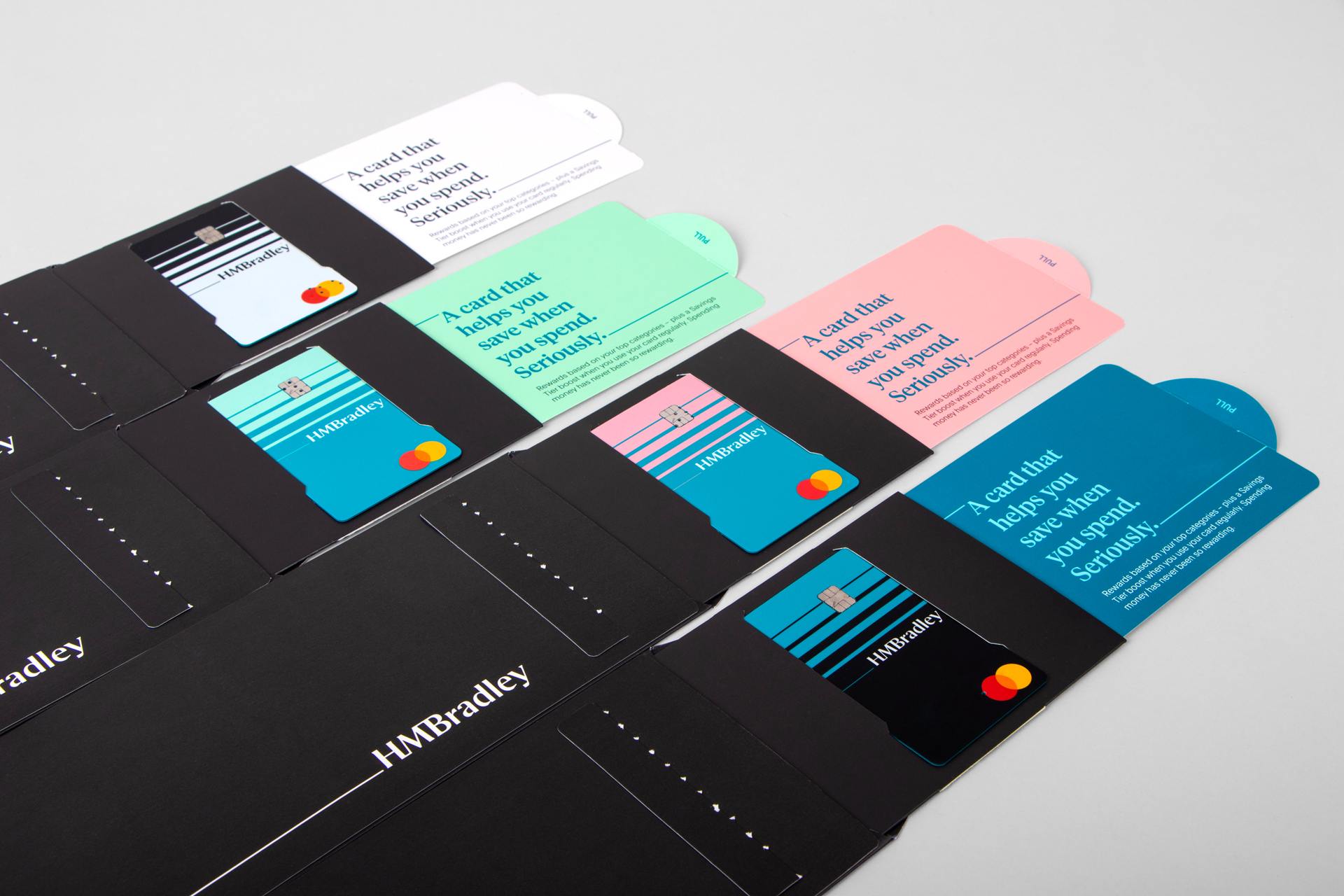
What are your favourite tools?
Tools for me are things that help you shape the world around you. I like nothing more than working with the material itself. A sharp scalpel, a decent pen / pencil to sketch and time to play. I think the best ideas come this way - from experimenting, observing, failing fast, iterating. This is all very hard to do on a screen.
The material itself is also key. There are so many different types of paper and board and like any material that is crafted, you can immediately notice the difference between a good quality raw material and a poor one.
I also take pleasure in developing tools for a specific purpose. Like the LCA tool that helps us to shape the design process by focusing on the environment. Or things like a simple jig I created to automatically open our child-resistant packaging to help operators load products more quickly. There’s something nice about creating something that helps make someone’s life easier and that is useful over and over again.
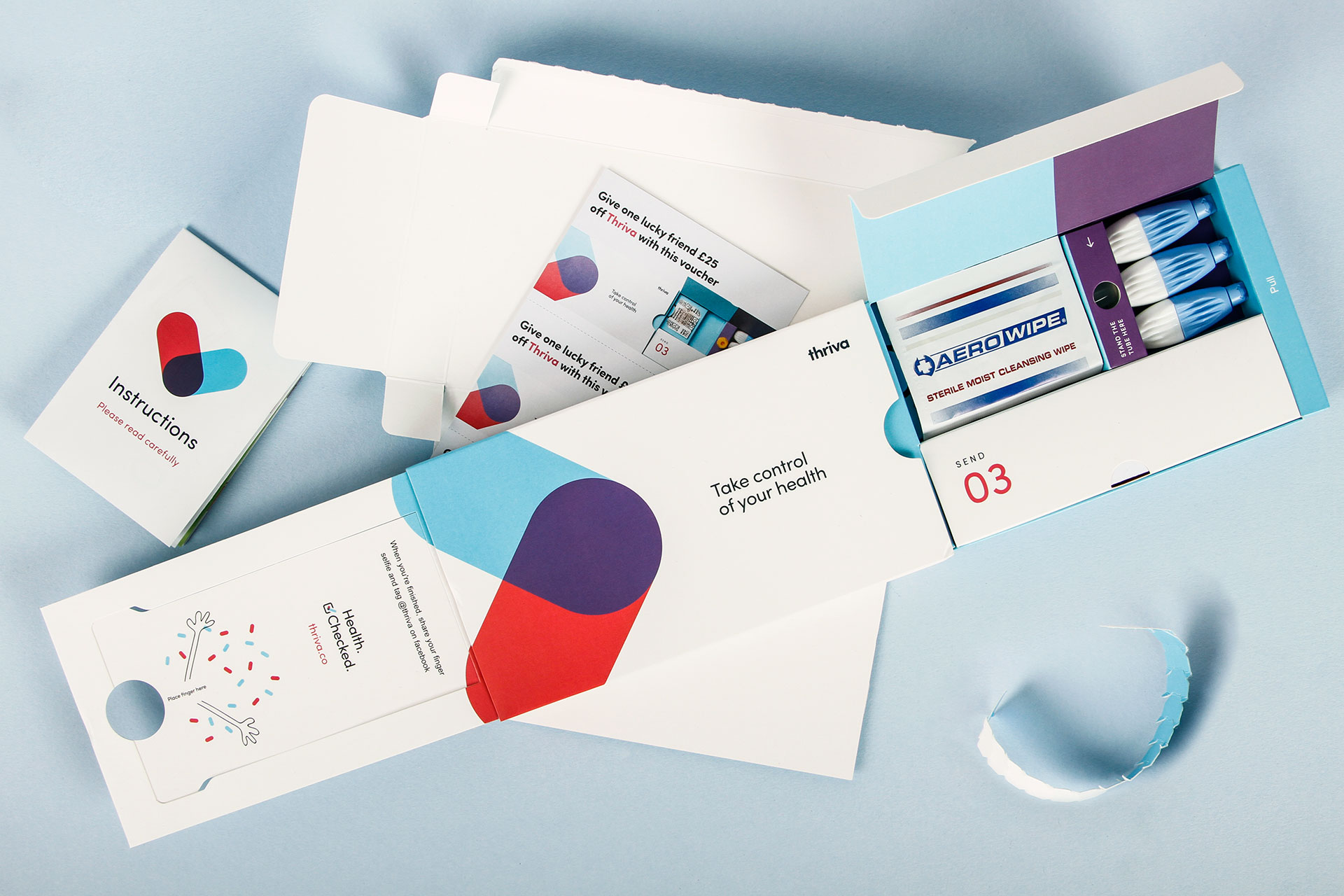
What career advice would you give your younger self?
I’m really happy with the way my career has progressed. I think I have been very lucky and appreciate every opportunity I have been given. I think I did it my way and so have no regrets or advice for my younger self. We evolve and grow on our journey and even the mistakes provide valuable moments of learning and reflection.
However, having the gift of perspective that age offers, the advice I would give anyone is the following:
Build strong relationships – the more you work, the more you realise that we are all just people trying to get through the days with as many smiles and fewer frowns as possible. Be nice to people, help them, ask questions, find solutions to their problems, be indispensable.
Make your boss’ life more easy than you make it difficult – choose your battles, give as much as you can, fix stuff for them. In return you will have much more luck when you ask for the things you need.
Listen (really listen) – problem-solving (of which design is the fine-art) is wholly centred around a correct understanding of the entire problem. Know the issues inside-out, ask all the questions, cover every angle. Only then can you set to work on finding the right solution.
Find ways to get your ideas out there – this can be really tough. Sometimes you can be so sure that what is being asked for, or what is being proposed is totally wrong. But never ignore your customer or your boss. There are often things at play you may not fully understand. But also, people NEVER want to feel like they haven’t been listened to (even if your idea is really good). So, do the extra work. Do what has been asked of you, but also present your version on top. For free. They may hate it (at least you also did what they asked), but they may love it, and you will show you have great potential and are willing to put in the effort.
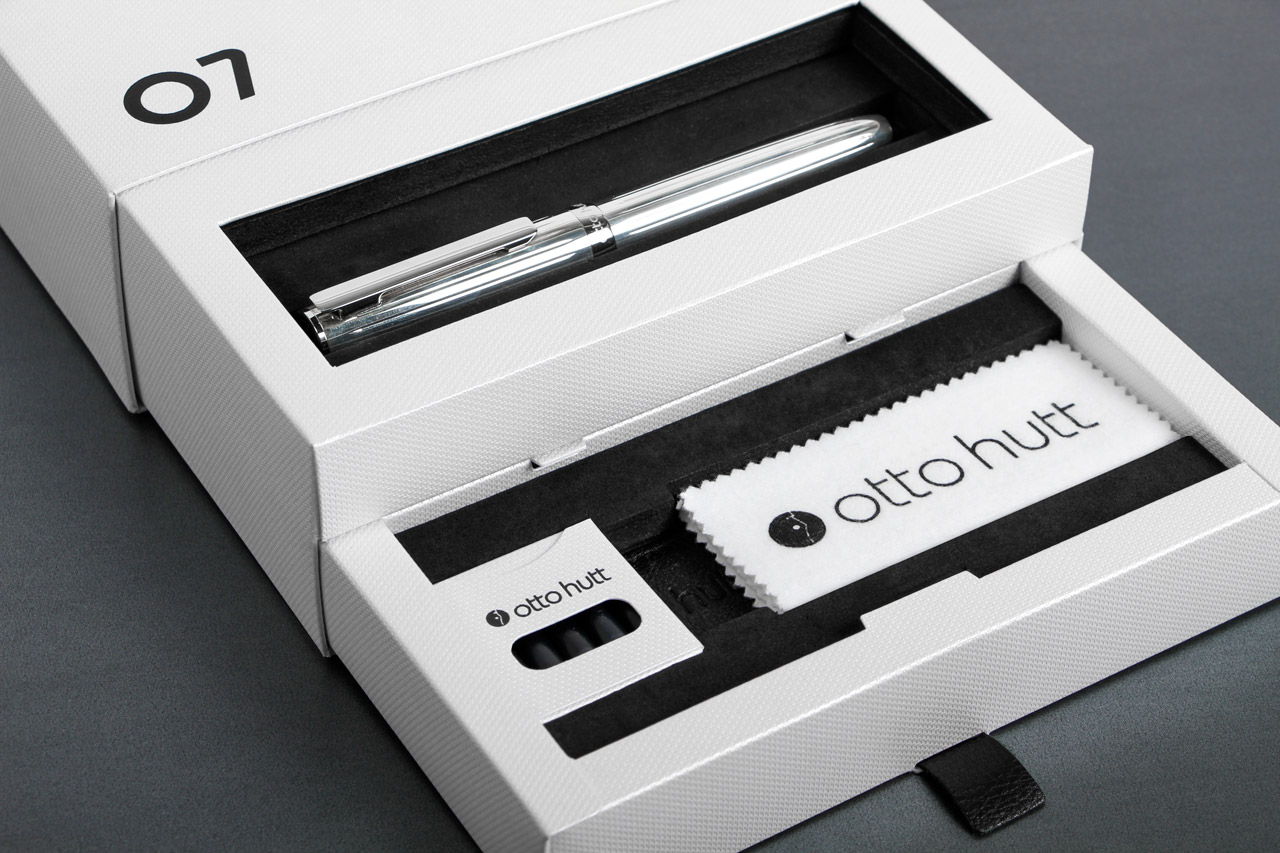
What do you think the packaging industry needs to improve?
I think most big challenges involve an inevitable overlap of key players. For me, the most important challenge for the packaging industry right now is the environment.
But building improvements will rely on the industry, consumers and governments all pulling together. We need to build greater awareness, clearer communication, better behaviours and a more aligned approach. But none of this is possible without a shared sense of ownership and responsibility.
Some of the things we could work on:
- Using better materials, including more robust checks on material provenance.
- Communicating the environmental impact of each package.
- Devising better, clearer and more consistent consumer guidance on how and what to recycle.
- Greater investment into the recycling system to ensure capabilities are consistent.
- Greater incentives/penalties to drive consumer adherence and good practice amongst businesses.
- Disrupting the ownership model of packaging waste to create a shared responsibility.
All of the above are in themselves not unsolvable challenges. But it would be naive to assume they will just happen as a result of goodwill.
In reality, we probably need to start with better legislation to drive better behaviours and encourage more pro-active approaches.
Doing this well will rely on insight and close collaboration between lawmakers, local governments, the industry and environmental and consumer groups. And then we will need someone that can lead, inspire and coordinate the combined effort.
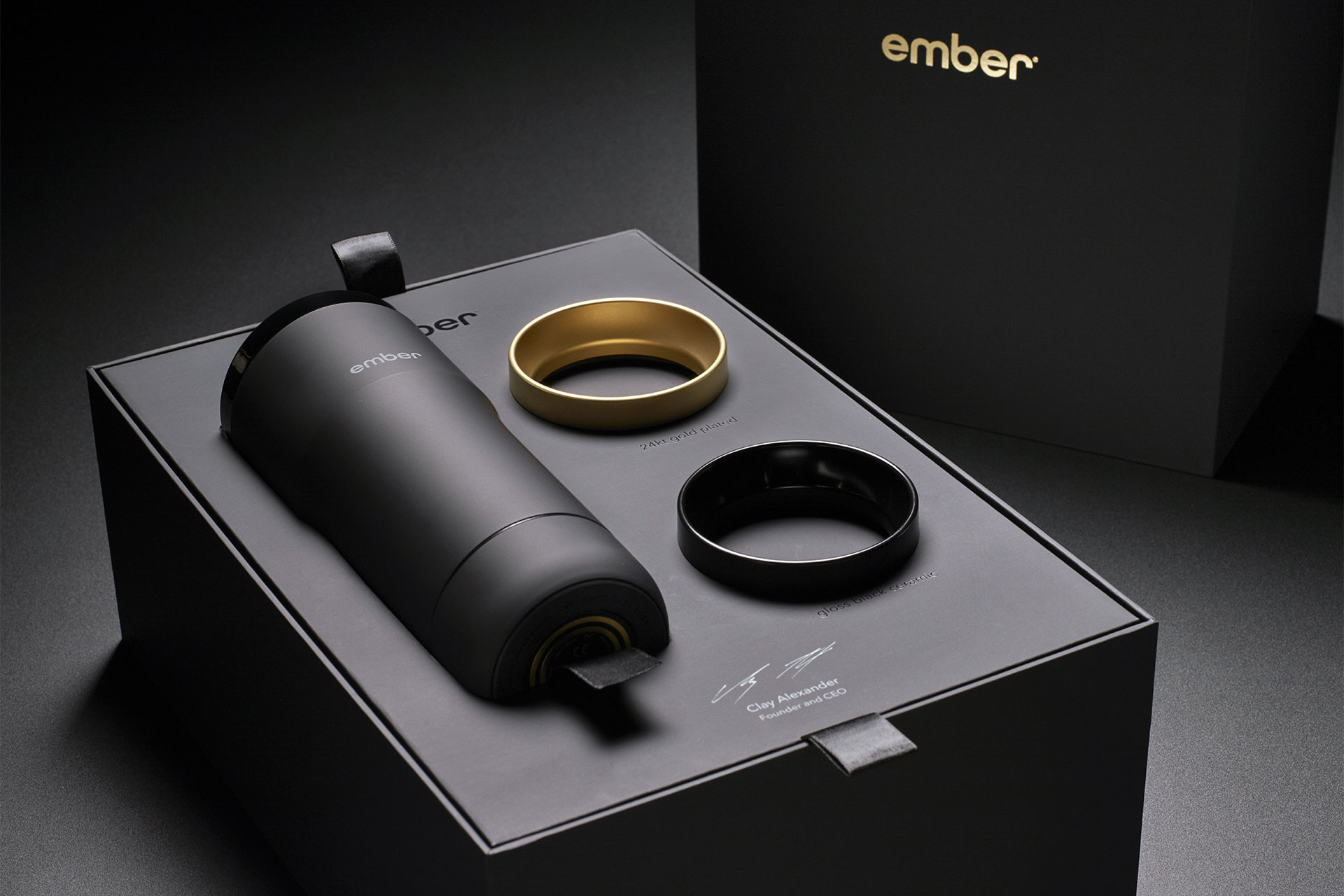
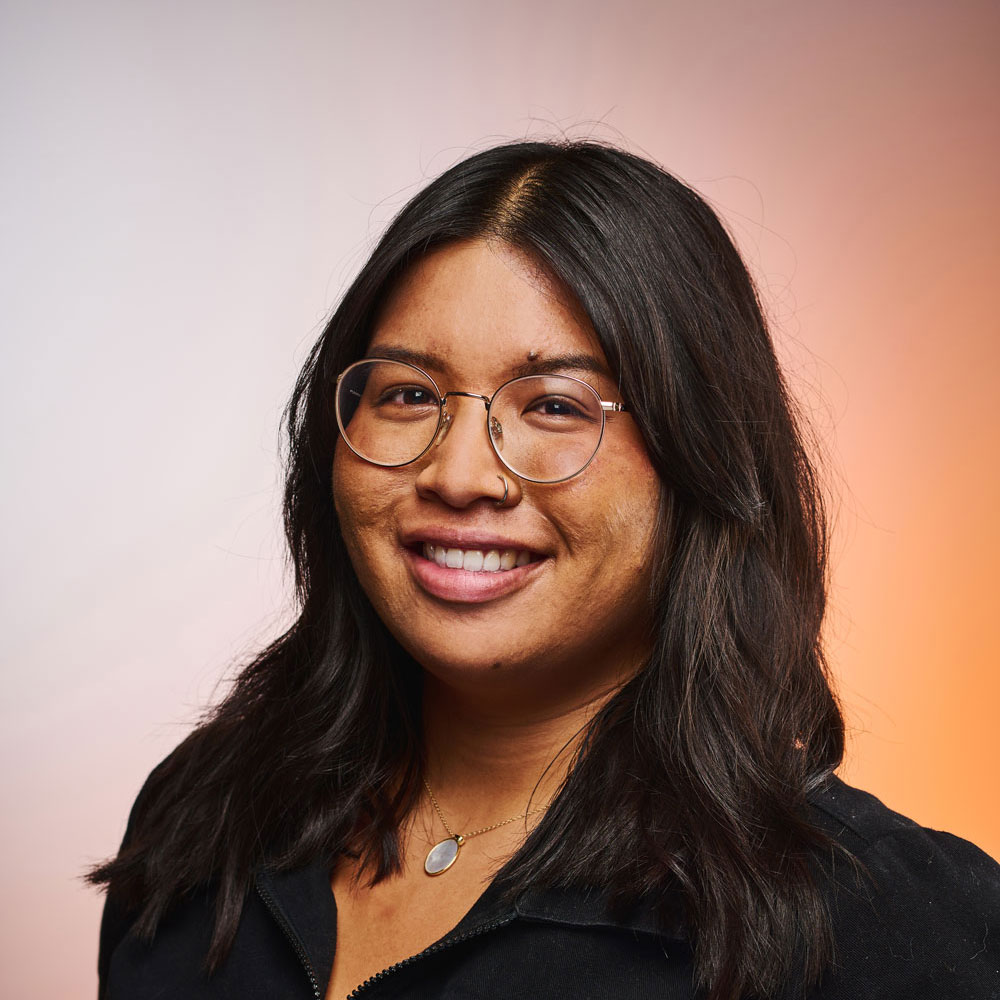
Natalie Fear is Creative Bloq's staff writer. With an eye for trending topics and a passion for internet culture, she brings you the latest in art and design news. Natalie also runs Creative Bloq’s Day in the Life series, spotlighting diverse talent across the creative industries. Outside of work, she loves all things literature and music (although she’s partial to a spot of TikTok brain rot).
